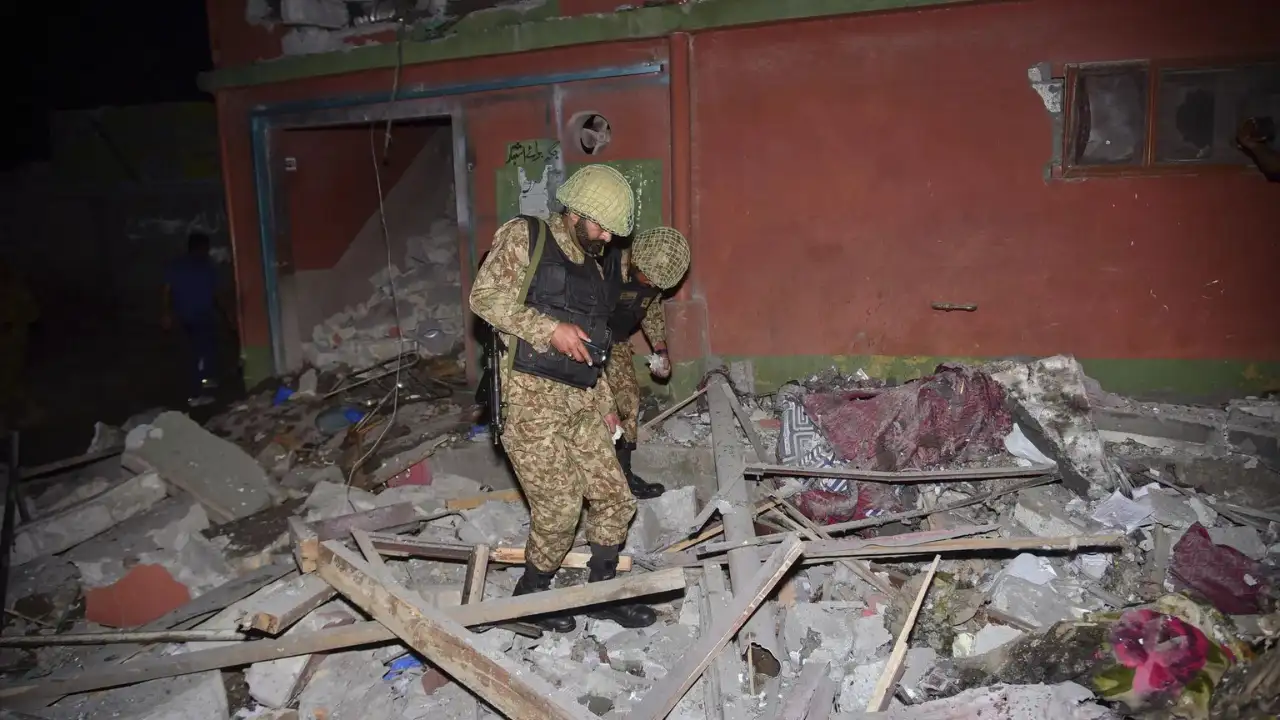In a powerful and precisely executed military operation, India carried out targeted strikes against terrorist infrastructure located in Pakistan and Pakistan-occupied Kashmir (PoK) in the early hours of Wednesday. The operation, codenamed Operation Sindoor, was launched in retaliation to the April 22 Pahalgam terror attack in Jammu and Kashmir, which resulted in the death of 26 civilians.
The 25-minute mission took place from 1:05 am to 1:30 am, during which nine identified terror camps were struck with pinpoint accuracy. According to Wing Commander Vyomika Singh and Colonel Sofiya Qureshi, who jointly addressed the media, each strike was directed at specific buildings based on detailed intelligence. The operation, they said, was conducted to neutralize the terror threat while preventing civilian casualties and avoiding escalation.
Operation Sindoor marked a significant show of India’s advanced precision-strike capabilities, relying on a combination of air-launched and ground-based munitions.
Here is the list of key weapons used in Operation Sindoor:
Scalp Cruise Missiles
The SCALP-EG (Système de Croisière Autonome à Longue Portée – Emploi Général) is a long-range, stand-off air-launched cruise missile developed by MBDA. With a range exceeding 500 kilometers, it is capable of penetrating deep into enemy territory and striking high-value, fortified targets with minimal risk to the launching aircraft. The missile uses an inertial navigation system (INS), GPS guidance, and terrain-following radar, ending with a precision terminal infrared homing sensor. Scalp missiles were launched from Rafale fighter jets and used primarily to hit targets farthest from the Line of Control, avoiding detection and interception.
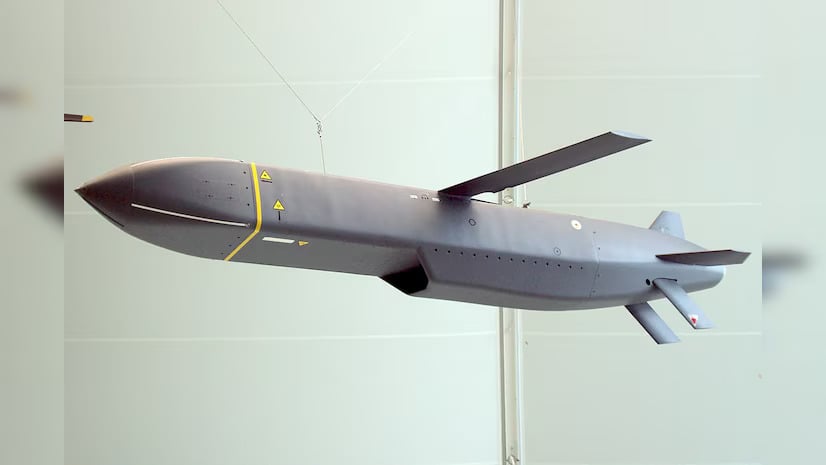
Hammer Smart Weapon System:
The HAMMER (Highly Agile Modular Munition Extended Range), developed by the French defence company Safran, is a modular, air-to-ground precision weapon system that converts general-purpose bombs into guided munitions. It includes both a guidance kit—using INS and GPS—and a propulsion unit that gives it a standoff range of up to 60 km. The Hammer system is compatible with Mk82, Mk83, and Mk84 bombs and is effective against stationary and moving targets, even under adverse weather conditions. In Operation Sindoor, these weapons were used against targets closer to the LoC, offering flexibility and high accuracy in complex terrain.
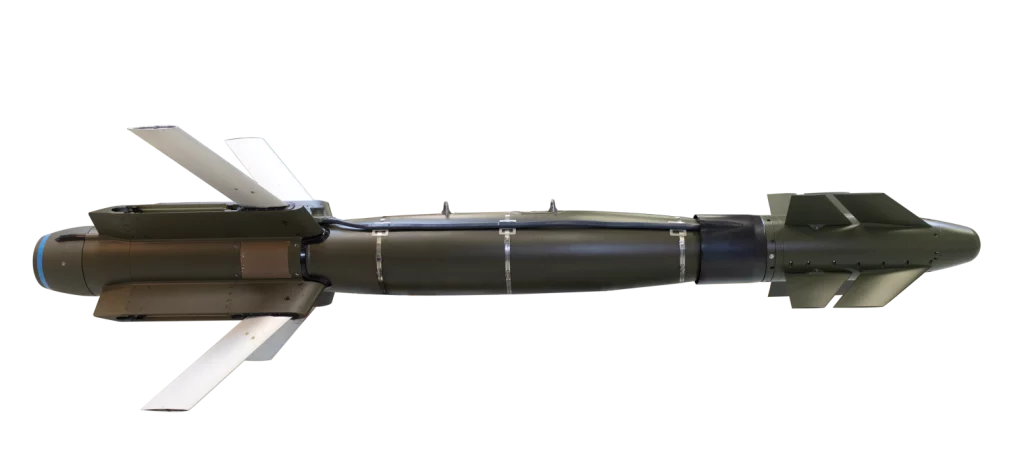
Guided Bomb Kits:
These systems are used to convert conventional unguided bombs into precision-guided munitions by attaching GPS and inertial navigation kits. These kits significantly increase strike accuracy, especially useful when exact target coordinates are available but weather or visibility conditions are poor. India has domestically developed and imported such kits, which allow legacy bombs to be repurposed for modern warfare.
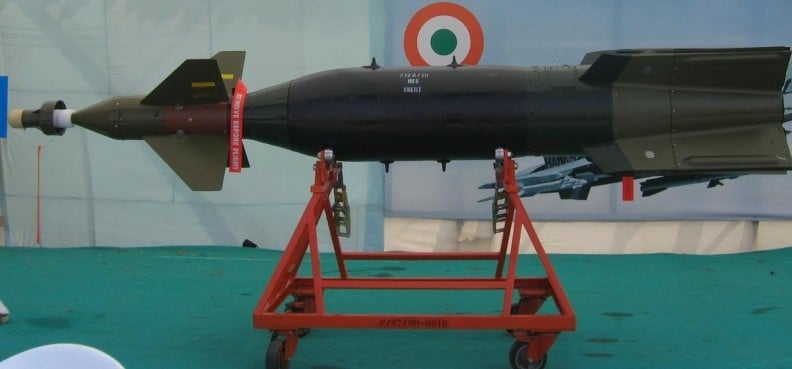
M777 Howitzers with Excalibur Rounds:
The M777 is a lightweight 155 mm howitzer developed by BAE Systems and extensively used by the Indian Army in high-altitude areas. For Operation Sindoor, these guns were equipped with M982 Excalibur rounds—GPS-guided artillery shells capable of striking targets with an accuracy of less than two meters, even over distances of up to 40 km. These precision rounds allow for high-impact strikes with reduced risk to surrounding infrastructure and are effective against enemy bunkers, camps, and concealed positions.
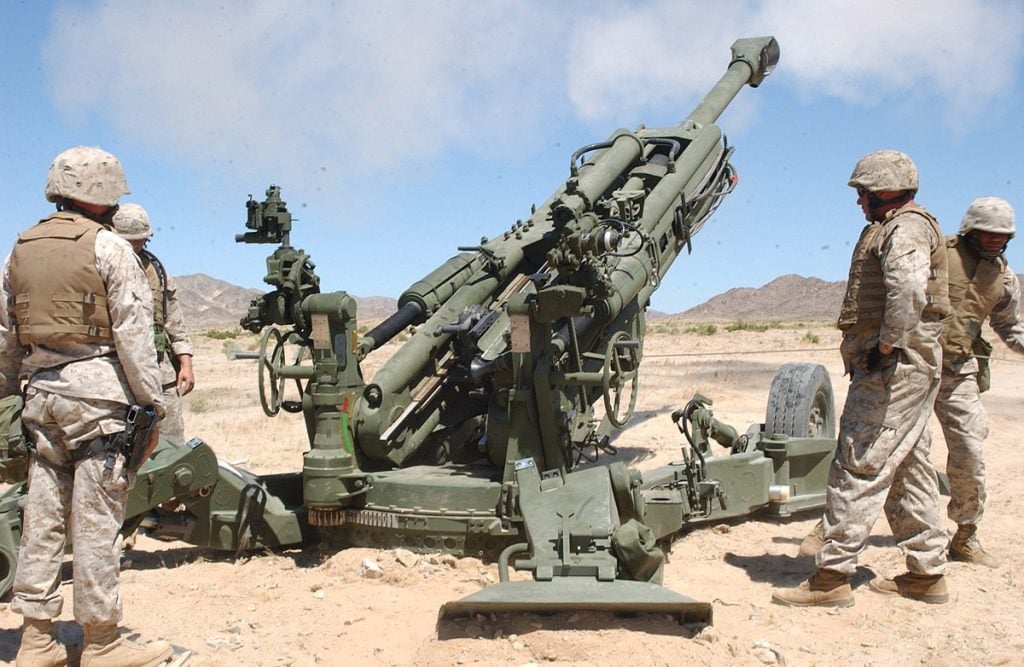
Loitering Munitions:
Loitering munitions, also known as suicide drones or kamikaze drones, are unmanned aerial systems designed to hover over a target area before striking a selected target. These systems combine surveillance and strike capabilities in a single platform and are ideal for time-sensitive or mobile targets. Their use in Operation Sindoor enabled real-time engagement with precision and flexibility, especially in areas where fixed-position strikes may not have been as effective.
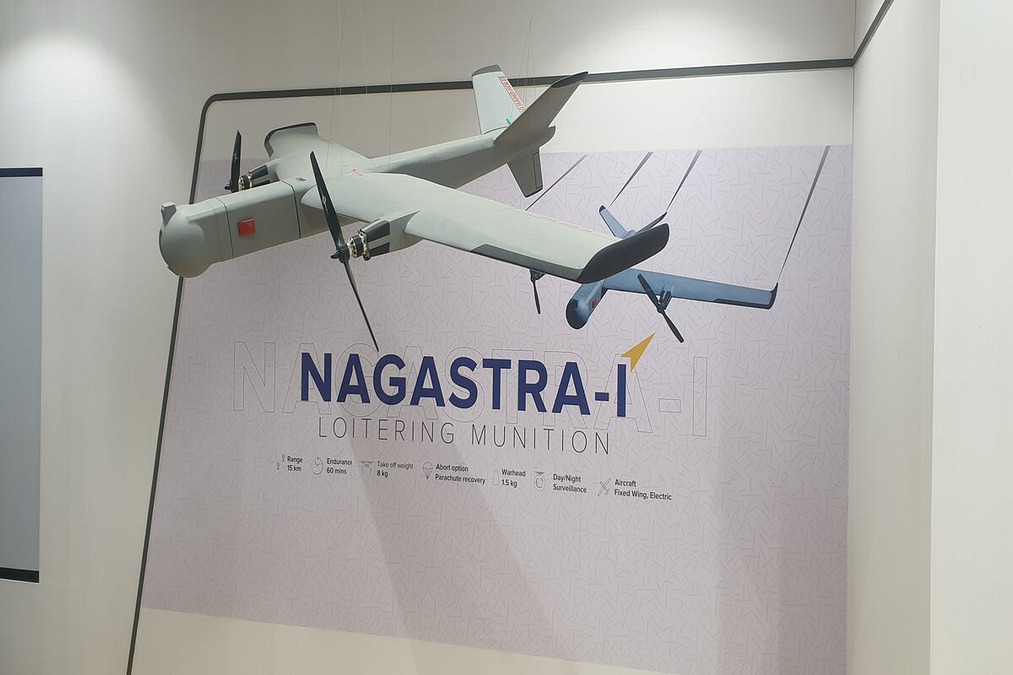
Colonel Sofiya Qureshi confirmed that all targets were selected based on credible intelligence inputs linking them directly to the planning and support of cross-border terror activities. She added that the operations were calibrated to avoid civilian infrastructure and non-combatant casualties.
Foreign Secretary Vikram Misri characterized the strikes as a “measured, non-escalatory, and proportionate” response, aligning with India’s right to self-defence under international law. He reiterated that the intent was not to provoke a broader conflict but to deter further acts of terrorism originating across the border.
Operation Sindoor underlines India’s evolving military doctrine—integrating intelligence, advanced weaponry, and rapid execution—to safeguard its sovereignty with precision, discipline, and strategic restraint.

